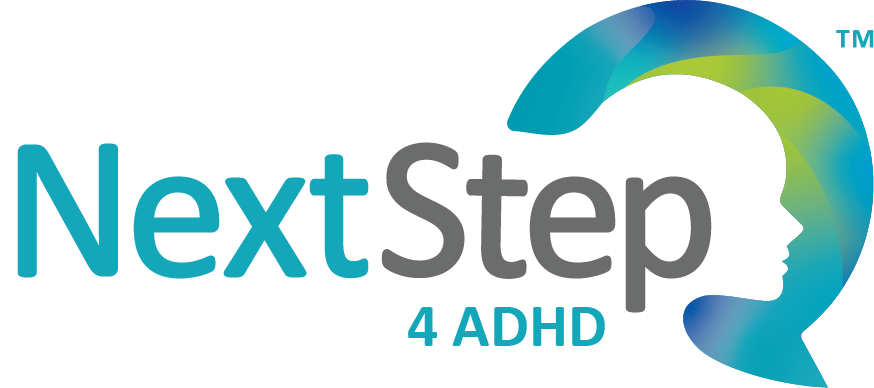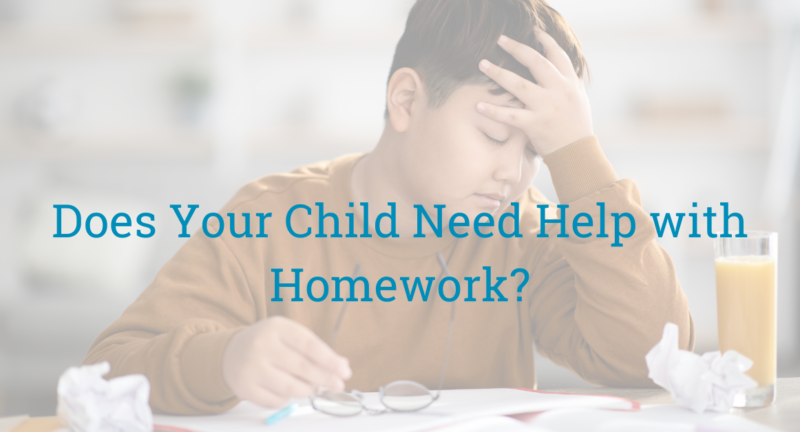
8 Tips to Help Your Child with ADHD Thrive with E-Learning
As the pandemic continues to makes its mark across the country, business and schools continue to adapt. Some have returned to in-person operations (with restrictions), some continue to operate remotely, and some fall into a hybrid of the two. For schools, this means making necessary changes to in-person schooling. Some school districts have mandated virtual school for at least part of the year. This means a great number of children are learning at home with e-learning. Although these efforts are good (in an effort to slow the spread of the disease), e-learning can come with a learning curve if you’ve never had to do it. Children with ADHD may struggle with a few new challenges, such as avoiding the distractions of their toys and games.
Here at Next Step 4 ADHD, we are proud to offer support and tips to help your children thrive, especially when facing new situations.
Psychological Associate Monica Clark has curated a list of several tips to help your child with ADHD experience an enriching e-learning experience.
Use These Tips to Help Your Child with ADHD Thrive with E-Learning
1. Maintain schedules and routines
Children with ADHD need structure and predictability to thrive. Maintaining their routines will increase chances for success. This means maintaining bedtime routines and sleep schedules, wake up times and morning routines, and meal schedules. Morning routine should be as similar as possible to routines when your child would be going to school (i.e. encourage your child to wake up, eat breakfast, and complete morning hygiene, including changing out of pajamas). This will signal to your child that it is time to be ready for the day. Meal times, especially lunch and snacks, should be consistent with when your child would eat at school.
Maintenance of routines will also decrease difficulties when your child inevitably transitions back to school.
2. Continue all medications
While your child is not in the school environment, they are still in a learning environment. It is important to maintain medication schedules as though your child was in school.
3. Provide some control
Learning from home provides your child with an opportunity to have a greater amount of control over their day and learning environment. Provide your child with a list of tasks and assignments that must be completed during the day and allow them to choose which order they will complete them in. Encourage your child to alternate preferred subjects with less preferred subjects. Provide your child with a schedule of the school day and have them note in which hour of the day they will complete each assignment. This will decrease arguments between you and your child related to order of assignments while providing your child with structure and predictability in their day.
Tip: Provide both 10-minute and 5-minute warnings when it is time to transition from one task to another.
4. Remember to include structured enrichment activities during the day
When attending school, children engage in a structured enrichment activity almost daily, such as P.E., art, or music. Including this in your child’s schedule will provide them with a much-needed release in their day. You can find fun arts and crafts activities, free musical instruction, or physical exercises online. Some museums are even offering virtual tours. (Check out the National Museum of Natural History tours here.)
Other ideas: Walking in your neighborhood for a bug or scavenger hunt, taking a bike ride, or going to the park to shoot basketball, kick a soccer ball, or other such activity would also be beneficial.
5. Provide a clean, distraction-free environment
Children should have a designated location to complete schoolwork. Work environment should have a desk or table that is free of clutter and distractions. Have your child’s books, papers, and other needed items stacked and organized neatly in the same room.
Hint: Having the items in the same room, but not within an arm’s length provides your child with much needed movement breaks during the day without encouraging long and distraction-prone trips to other rooms.
6. Encourage movement and breaks
Encourage your child to take a 5-minute break at the end of each hour. Encourage expenditure of excess energy during these breaks by engaging in a fun activity with your child, such as:
- Dancing to their favorite song
- Having a jump rope competition
- Racing around the yard
Longer breaks of approximately 15 minutes should occur twice during the day. During these longer breaks, children should be encouraged to play outside or, if weather does not permit outside play time, encourage your child to engage in high-energy activities, as described above. Do not allow screen time during breaks.
7. Don’t stress about fidgeting
Research has shown that children with ADHD learn and focus better when allowed to fidget or squirm in their seats. This behavior is often problematic and redirected in the classroom because it presents distractions and creates learning challenges for other students. With learning from home, you can allow your child the freedom to fidget and squirm as much as needed as long as they are focused and completing their work. This may actually enhance their ability to learn and be more accurate in their responses. You may find that fidget spinners or other tools are useful.
8. Remember, your child is anxious too
While being faced with the challenge of becoming a teacher for your child is anxiety-provoking, please remember that your child is anxious too. When children with ADHD are anxious, it may lead to a worsening of ADHD symptoms, including:
- Poor focus
- Difficulties completing tasks
- Restlessness
- Impulsivity
Emotional meltdowns are also common.
Using positive parenting strategies may help your child to combat some of these difficulties. Praise your child and help them to see what they are doing right rather than focusing only on what they are doing wrong. Setting up a rewards-based system, such as a points or sticker chart, where your child can earn rewards for completion of desired activities or behaviors may also be beneficial.
Remember that rewards for positive or desired behavior are more effective at managing behavior than consequences and punishment for problem behaviors.
Questions? We’re Just a Click Away
If your child is struggling with the symptoms of ADHD, we offer telehealth sessions so you can continue to get the care you need. Give us a call or send us a message to request more information.
Don’t forget that you can also request an appointment right here.
Related Posts
How to Be Productive Working From Home When You Have ADHD
If you have recently found yourself working from home for the first time, you're...
Does Your Child Need Help with Homework?
Does your child with ADHD need help with homework? As a parent of a child with...


